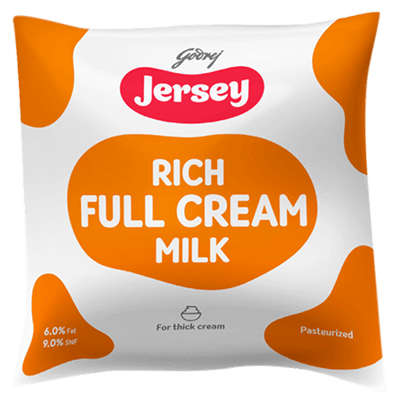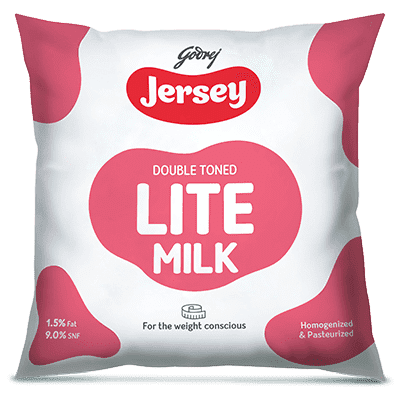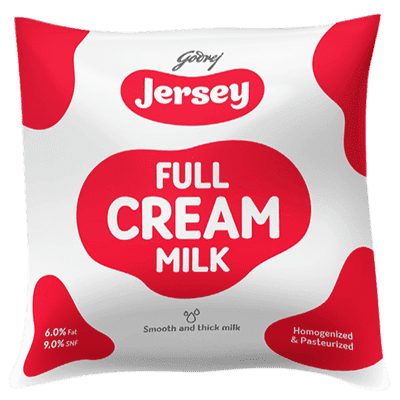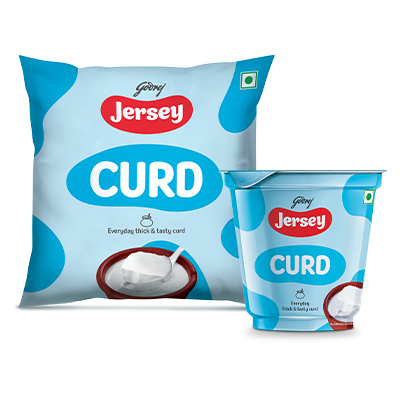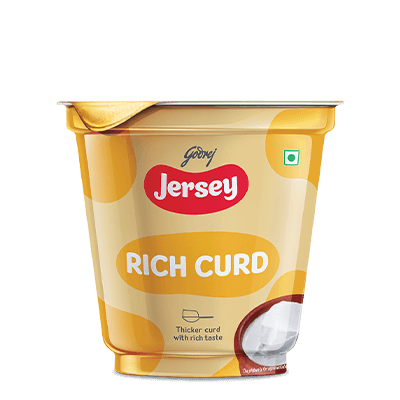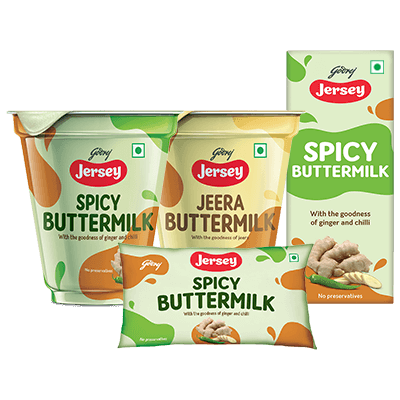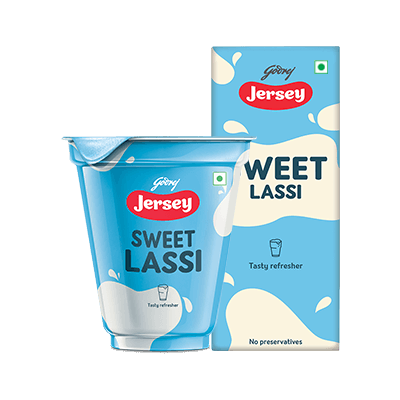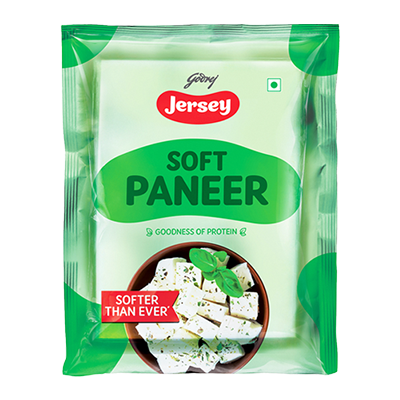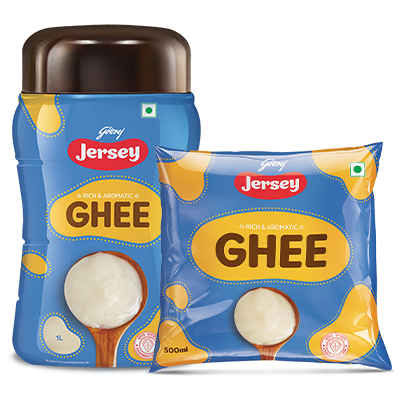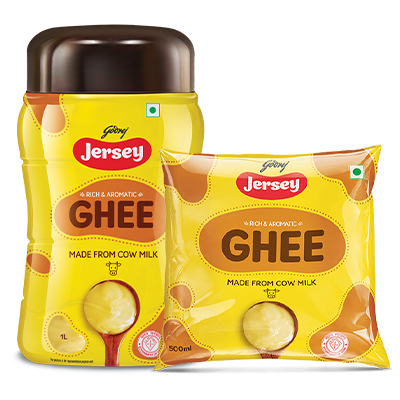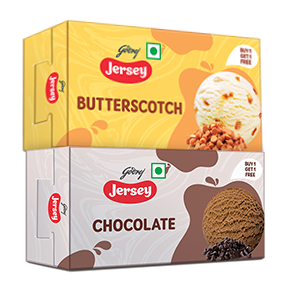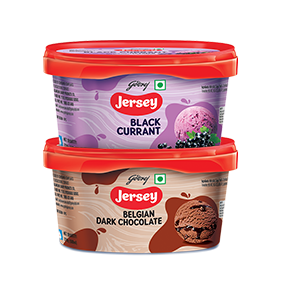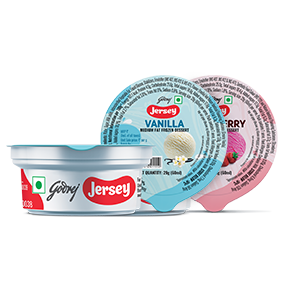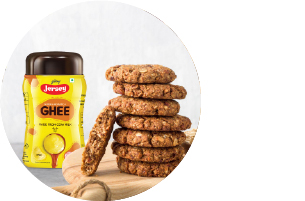Better Milk, Better Curd
Milk is a necessity in every Indian household! When we talk about its adaptability, we often associate it with curdling and cheesemaking. However, did you know that high-quality milk results in better milk curdling? While curd is readily available at every Indian store, many people prefer to make their own at home. It is a fairly easy process, yet the quality of curd can vary greatly depending on the quality of milk used to make it. Let us learn how that happens!
When we mix the starter culture with milk, the proteins present in milk break down to form a network of curd while separating the liquid whey. But how does the fat content in milk affect the texture and creaminess of the curd? Full-cream milk contains more fat globules that combine to form curd during this process. So, the higher the fat content in milk, the thicker the resulting curd will be. Fat also adds richness and flavour to curd. Full-cream milk also contains more casein (the protein source found in milk) compared to low-fat milk. This further contributes to the thickness of the curd.
Once you have chosen a full-fat milk brand, pay attention to the temperature and timing while making curd. Here are some tips you can follow to get thick and creamy homemade curd:
- Heat the milk to 40-45°C before adding the starter culture to it.
- Obtain the starter culture from previous batches of curd or from store-bought curd.
- Always let the heated milk cool down for a while.
- Ensure that you mix the culture thoroughly into the milk.
- Keep the cultured milk in a warm place, such as in the microwave or a deep flour container.
- Make sure the place where you store the milk has a consistent temperature.
- Do not check or touch the curd during the fermentation process.
During fermentation, the milk thickens to develop a slightly tangy flavour, which is characteristic of high-quality curd. Typically, it takes about 6-12 hours for the milk to ferment and turn into curd, but this is determined by the temperature and weather conditions in your area. If the weather is cold, you may have to let the milk sit for a longer duration compared to in the summer. The type and quality of culture used also make a good deal of difference in the curdling process.
Once the curd has set to the desired consistency, you can strain it to remove excess whey. This will leave you with a thicker and creamier textured curd, generally called hung curd. Place this curd in the refrigerator to chill it before serving, which further enhances the deliciousness of homemade curd.
The abundance of protein, calcium, and other important nutrients in curd make it a healthy food. It is a good source of probiotics, which are highly beneficial in supporting gut health. However, if you are keen to reap these healthy benefits of homemade curd, it is important to use full-fat milk.
In a nutshell, better milk leads to better curd! Always choose high-quality milk to make delicious, healthy, and nutritious curd that is sure to please your taste buds. So why not try making your own curd at home today? You might end up surprising yourself; who knows!




